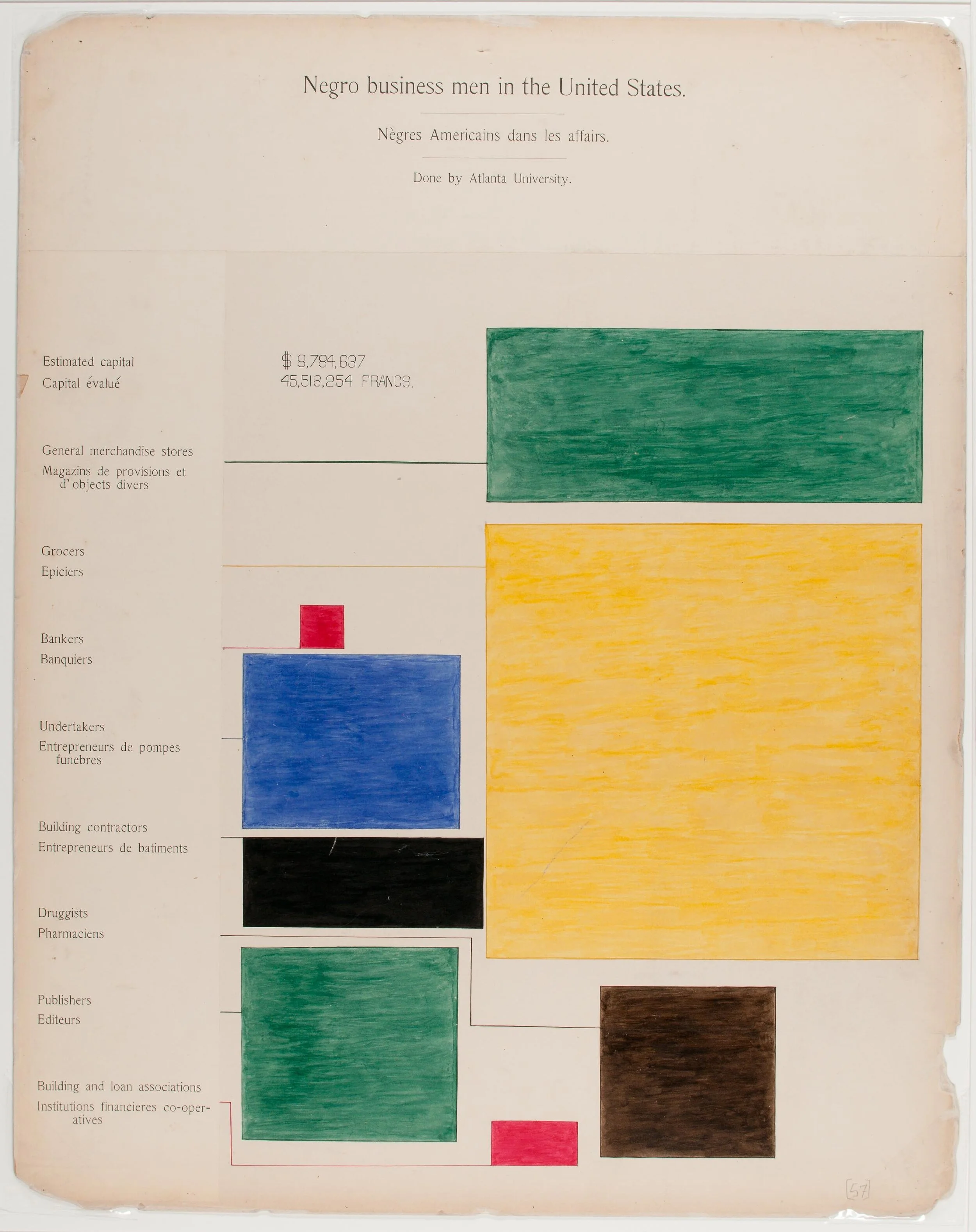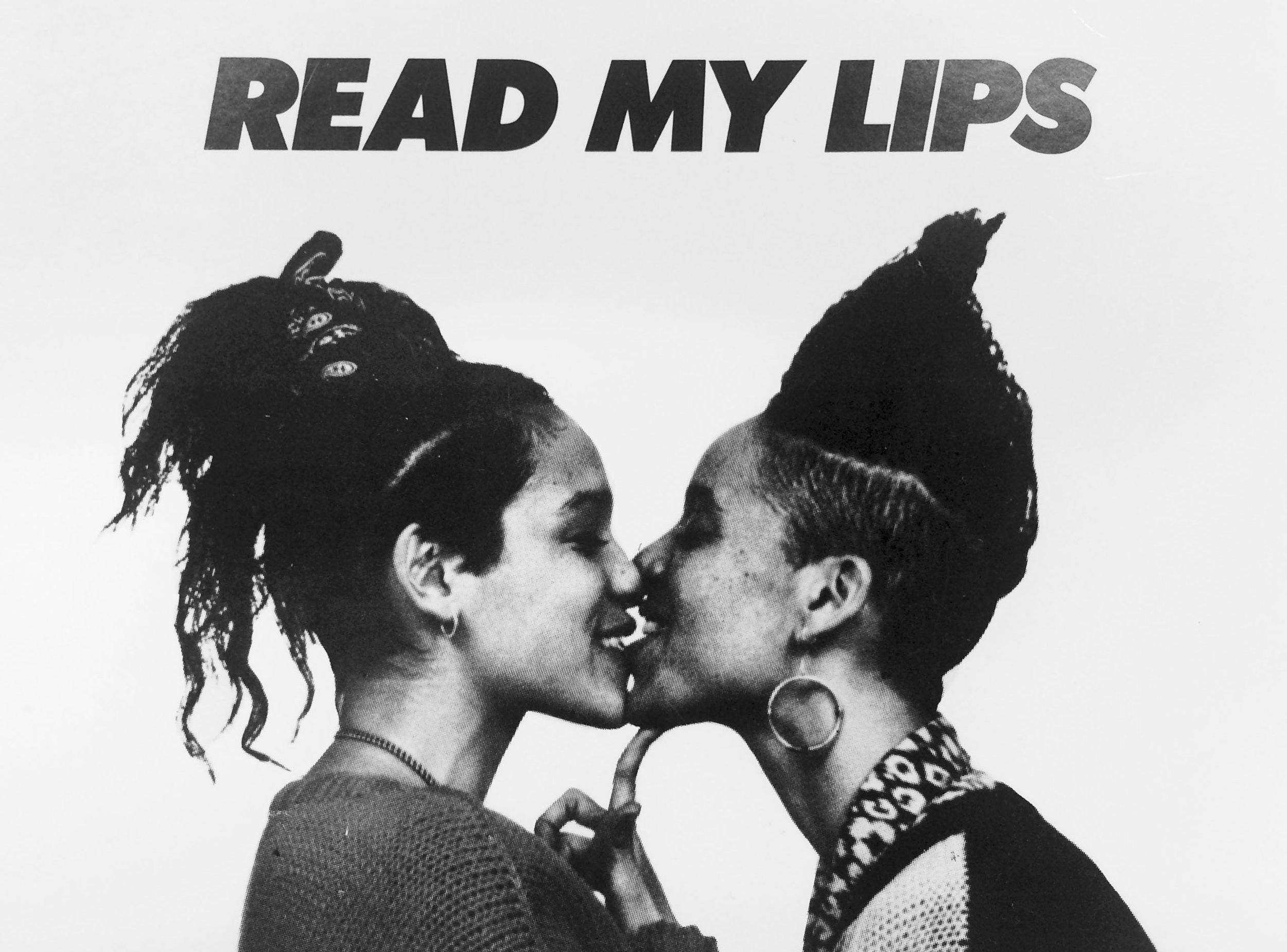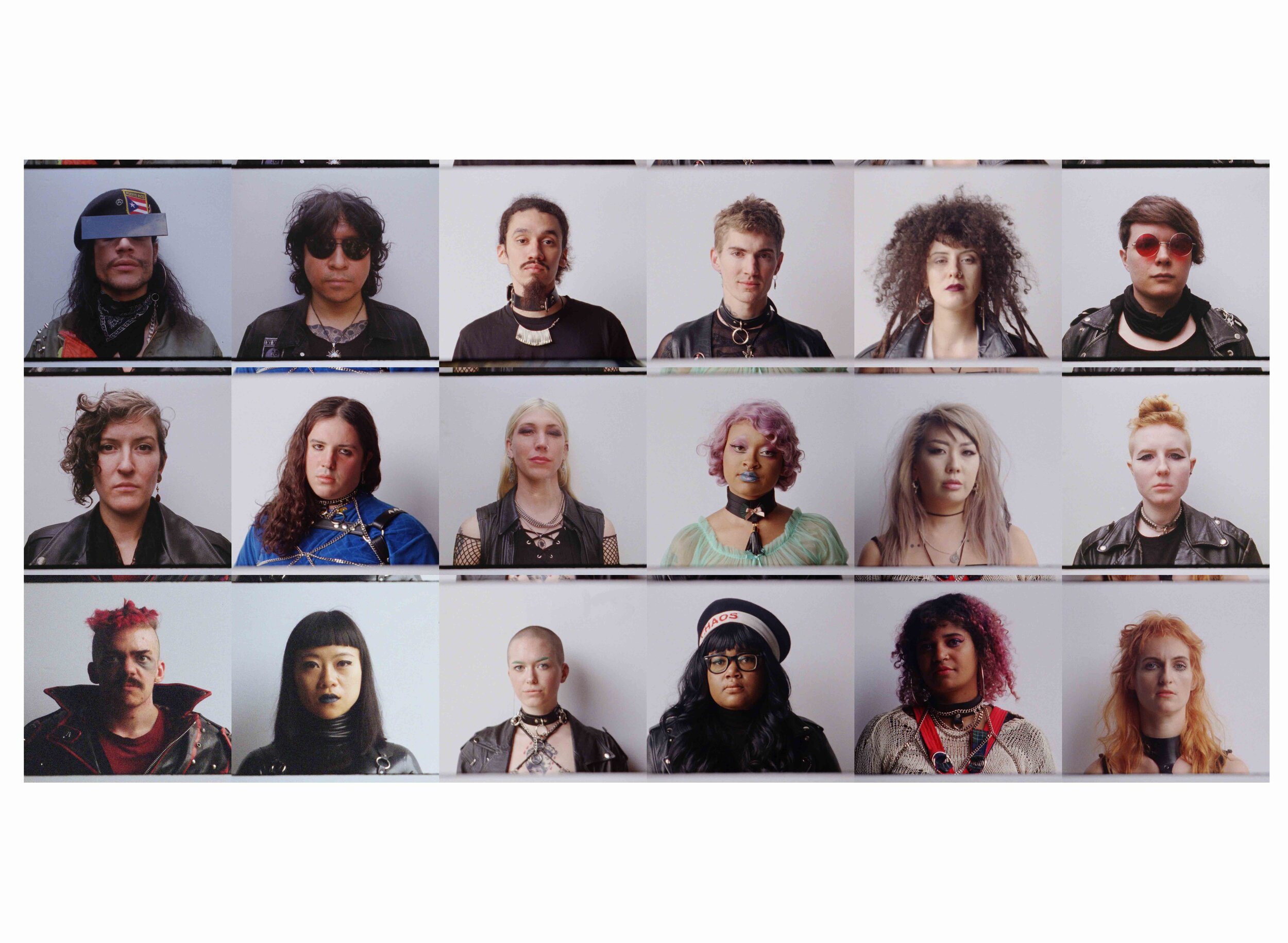W.E.B. Du Bois: Charting Black Lives

London’s House of Illustration exhibits turn-of-the-century infographics produced by African American visionary, scholar and activist W.E.B. Du Bois.
Courtesy of the Library of Congress
W.E.B. Du Bois is revered for his literary brilliance. In The Souls of Black Folk (1903), Du Bois famously stated that “the problem of the 20th century is the problem of the color-line;” and with clarity and gumption communicated a difficult reality that inspires generations of activists—from Dr. King to the queen of black excellence herself, Beyoncé. Although commonly referred to as a public intellectual—given, he was the first African American to receive a PhD from Harvard—Du Bois was by no means an armchair philosopher.
Vital to Du Bois’ sociological work was the translation of empirical evidence about the livelihood of African Americans into digestible, actionable graphic truths. At the turn of the century, Du Bois was a prominent leader among a generation of activists and scholars dedicated to countering pseudo-scientific, racist propaganda insidiously spread by white supremacists in Jim Crow’s America.
“I do not care a damn for any art that is not used for propaganda. But I do care when propaganda is confined to one side while the other is stripped and silent.”
W. E. B. Du Bois: Charting Black Lives, the upcoming exhibition at House of Illustration, displays the complete set of 63 infographics produced by Du Bois (1868-1963) for 1900 Paris Exhibition of American Negroes. Commissioned by Thomas J. Calloway (1866–1930), a prolific black attorney and journalist, the curatorial project was cultivated by Du Bois and a stacked team of black visionaries, including famed educator and orator Booker T. Washington (1856–1915), African American Library of Congress librarian Daniel Murray (1852–1925), and scholars from historically Black colleges and universities. Harnessing the power of art as propaganda, Du Bois visualized statistical research about African Americans, discriminatory U.S. laws and hundreds of books authored by black writers and thinkers into a beautiful body of graphs, charts and maps—all intended to flip the script on the reality of American race relations a mere three decades after Emancipation Proclamation.
“W. E. B. Du Bois’ data visualisations confronted 1900 audiences with undeniable evidence that black lives matter,” comments co-curator Katie Nairne. The display of multimedia resistance was a triumph, and subsequently toured throughout the U.S., its international audience applauding the representation of African American achievements and aspirations in the face of the Ku Klux Klan’s racist terror campaign and other forms of state-sanctioned oppression.
“W. E. B. Du Bois’ data visualisations confronted 1900 audiences with undeniable evidence that black lives matter. ”
Coinciding with the exhibition at the House of Illustration is the Redstone Press publishing of Black Lives 1900, a book edited by Julian Rothenstein that contextualizes the historical resistance of the Paris Exposition. “Drawing upon over 350 beautiful and dignified photographs, [Du Bois] demonstrated to an international audience the resilience and dignity of a people under siege by Jim Crow laws and vicious racist ‘Sambo’ images, countering these with images of ‘New Negroes’, Henry Louis Gates, Jr, a professor of African American history at Harvard, denotes, “Black Lives 1900 recreates this pivotal moment in the history of the war of representation, gracefully and gorgeously re-creating Du Bois’s triumph, at the height of the imposition of Jim Crow white supremacy in America.”
W. E. B. Du Bois: Charting Black Lives will open at House of Illustration on 8 November 2019 (until 1 March 2020). The exhibit is co-curated by Paul Goodwin, Professor at the University of the Arts London, a curator, scholar and specialist in black urbanism, and Katie Nairne of House of Illustration. Exhibition designer Violetta Boxill will reference Du Bois’s original exhibition design based on photographs from 1900, now in the Library of Congress in Washington D.C.
Images courtesy of Library of Congress.
ACTIONS
Inform yourself further on the brilliance of W.E.B. Du Bois. Hailed by Hilton Als as “a lush and exquisitely produced book”, Black Lives 1900: W.E.B Du Bois at the Paris Exposition is available to buy here.























